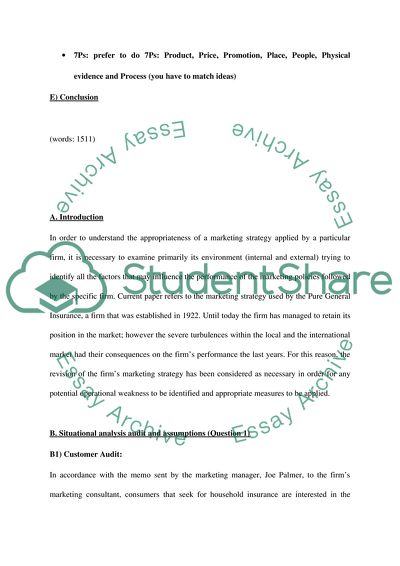Cite this document
(Foundation of Marketing of Pure General Insurance Case Study, n.d.)
Foundation of Marketing of Pure General Insurance Case Study. https://studentshare.org/marketing/1710608-foundation-of-marketing
Foundation of Marketing of Pure General Insurance Case Study. https://studentshare.org/marketing/1710608-foundation-of-marketing
(Foundation of Marketing of Pure General Insurance Case Study)
Foundation of Marketing of Pure General Insurance Case Study. https://studentshare.org/marketing/1710608-foundation-of-marketing.
Foundation of Marketing of Pure General Insurance Case Study. https://studentshare.org/marketing/1710608-foundation-of-marketing.
“Foundation of Marketing of Pure General Insurance Case Study”. https://studentshare.org/marketing/1710608-foundation-of-marketing.


